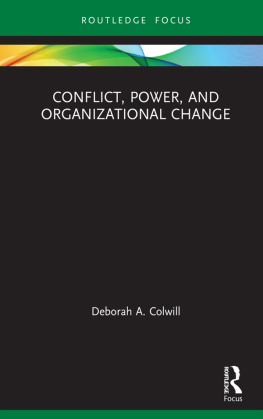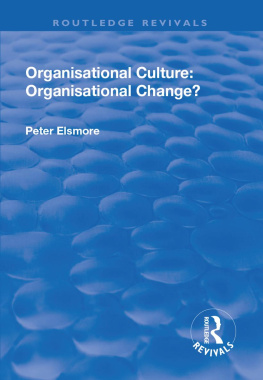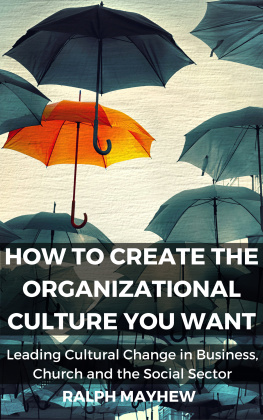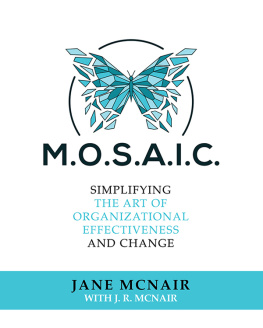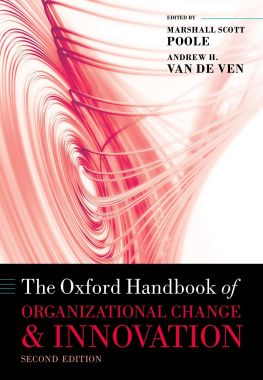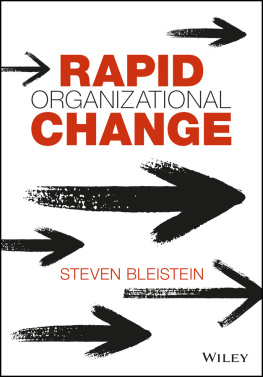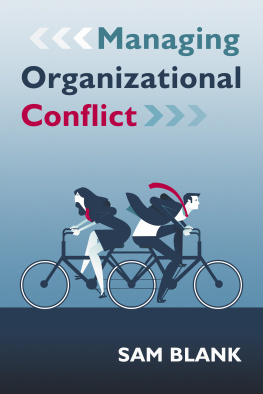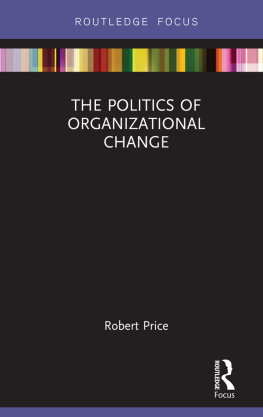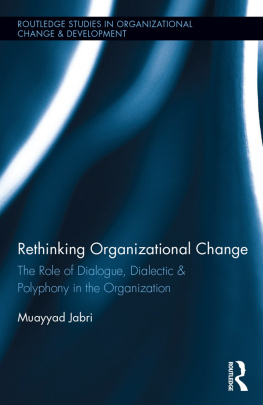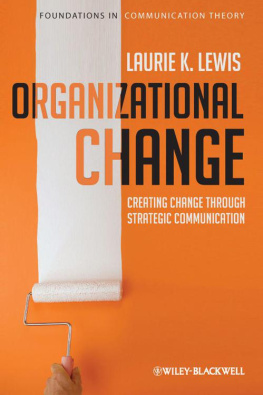The Confluence of Conflict, Power, and Change
DOI: 10.4324/9780429323959-1
introduces and underscores the need to take a look closer at the confluence of conflict, power, and change in organizational life. The chapter begins with two stories that illustrate the interconnected relationship of conflict, power, and change. Next, the triad of conflict, power, and change is explored by asking some probing questions that emphasize the connection. Finally, an overview of the book is offered in which each of the remaining chapters is briefly described.
Throughout my lifetime, I have listened to many organizational members and leaders share stories about their experiences of conflict, power, and change in organizations. Two of these stories begin this introductory chapter.
The newly hired CEO of a financially struggling company called a Town Hall Meeting and used the power of his positional authority to mandate significant realignments and budget cuts in the organization. This change declaration was made with little consultation from organization leaders, mid-level managers, or staff. The speech was short and minimal detail given; however, the areas impacted by the directed change were sizable in scope. His change announcement created numerous detrimental unintended consequences. In the aftermath, great confusion arose among managers and employees since little information was provided to guide them. Dysfunctional conflict erupted over who was to lead the effort and how it should be managed. And the resulting cloud of doubt and fear dampened morale among the employees.
A second scenario (in a different organization) happened when a conflict arose between two employees over the interpretation of an organizational policy. The discussion quickly escalated and became heated. Their manager heard the shouting and called them in to her office. She led them through a process in which the employees discussed and cooled their interpersonal conflict which had nothing to do with the policy dispute. As the conversation cooled, the manager shifted the topic to the policy disagreement. With the anger and anxiety dialed down, they were able to mutually clarify the issue and suggest improvements, which led to changing the policy, and the net result benefited all the employees.
These stories illustrate the interconnected relationship of conflict, power, and change. While the first story is based on a real case of a new and inexperienced CEO, the themes of the story are common. Inexperienced leaders often underestimate the difficulty of navigating the complex dynamics of conflict, power, and change on the organizational road. A related theme happens when leaders overestimate their ability to lead directed change and minimize the input of colleagues in the system which results in harmful unintended consequences. In contrast, the second story depicts a seasoned leader who skillfully navigates the waters of conflict, power, and change with an emphasis on honoring human dignity and the common good. This second story illustrates another common theme, humble savvy leaders find productive ways to manage the situational pressure points and encourage life-giving growth of individuals, teams, and organizations. Stories like these are the catalyst to dive deep into the triad of conflict, power, and change.
Organizations experience many types of challenges and ongoing turbulence. In the face of these challenges, organizational resilience is fostered by intentional learning and adapting. In order to survive, let alone thrive, organizations must learn to skillfully navigate change. Although each of us has witnessed organizational change efforts that have fizzled out or have done more harm than good, organizational change can be leveraged to promote life-giving organizational health. But given that many change efforts are disappointing, how is generative organizational change different? What is the focus of this type of change? Who is involved and how are they involved? And how do organizational members learn, grow, and develop their change capacity both individually and collectively?
Alongside of these questions about the essence of generative change are even more fundamental questions to consider. For example, at the most basic level, what is organizational health? How is organizational health defined or described? Who decides what constitutes organizational health? Who determines what is good for a particular organization and what needs changing in the organization? Notice that these questions raise awareness that the act of framing the direction and scope of change is embedded with organizational power. If this is so, then the question must be asked, who holds the power to decide what is good for the organization and its members? And what should be changed? Who has a seat at that table and who does not? More broadly, what forms of power exist in organizations? How is power used or abused in organizational life? Can there be honest and transparent discussions of the use of power within organizations? Can power be used for good?
Whether overtly acknowledged or not, organizational change efforts are embedded with power. Navigating who has the opportunity to contribute or lead discussions on the direction and implementation of organizational change is vital, but how these discussions are conducted cannot be overlooked. What is the role of organizational members and leaders in these discussions? What style of communication is used? Who articulates the questions to be engaged? What happens if people are unwilling to speak up with crucial information? Do organizational members feel safe to raise dissenting opinions? What if disagreements are avoided out of fear? Or what if there are strong heated disagreements? How are they handled? Conflict is inevitable in organizational life, especially during times of organizational change. How conflict is viewed and specifically practiced in organizations is crucial.
Conflict, power, and change are intimately linked in organizational life. The abovementioned questions articulated point to the inseparable confluence of this triad. The purpose of this book is to explore the topics of conflict, power, and change as they relate to the everyday life of organizational members and leaders. This book should be of interest to students and professional colleagues who want to get acquainted with the concepts of conflict, power, and change in contemporary organizational settings. The hope is that this book will provide readers the opportunity to reflect critically on their own local experience and involvement in organizational life and to glean actionable wisdom for meaningful engagement and impactful contributions to their organization(s) in the present and future.
As the title denotes, the main topics of the book are conflict, power, and change. In order to set the stage for what is ahead, a brief description of the remaining chapters appears in the following paragraphs.
describes the framing metaphors themselves. The first point of focus is observing the organizational landscape from the balcony. The view from the balcony involves contemplating apt theoretical models, honing big picture observational capacities, and asking penetrating reflective and contextual questions. The second point of focus is navigating the terrain along the organizational road. The view along the road examines daily activities, relational interactions, and situational pressures of the organizational members and leaders. The third point of focus is appreciating the significance of organizational moorings. Focus on moorings involves an awareness of and active engagement in shared values and identity that hold the organization steady during turbulent times. The advantages and disadvantages of each of these points of focus will be explored. The chapter will conclude by reflecting on the benefit of holding these points of focus in creative tension.

